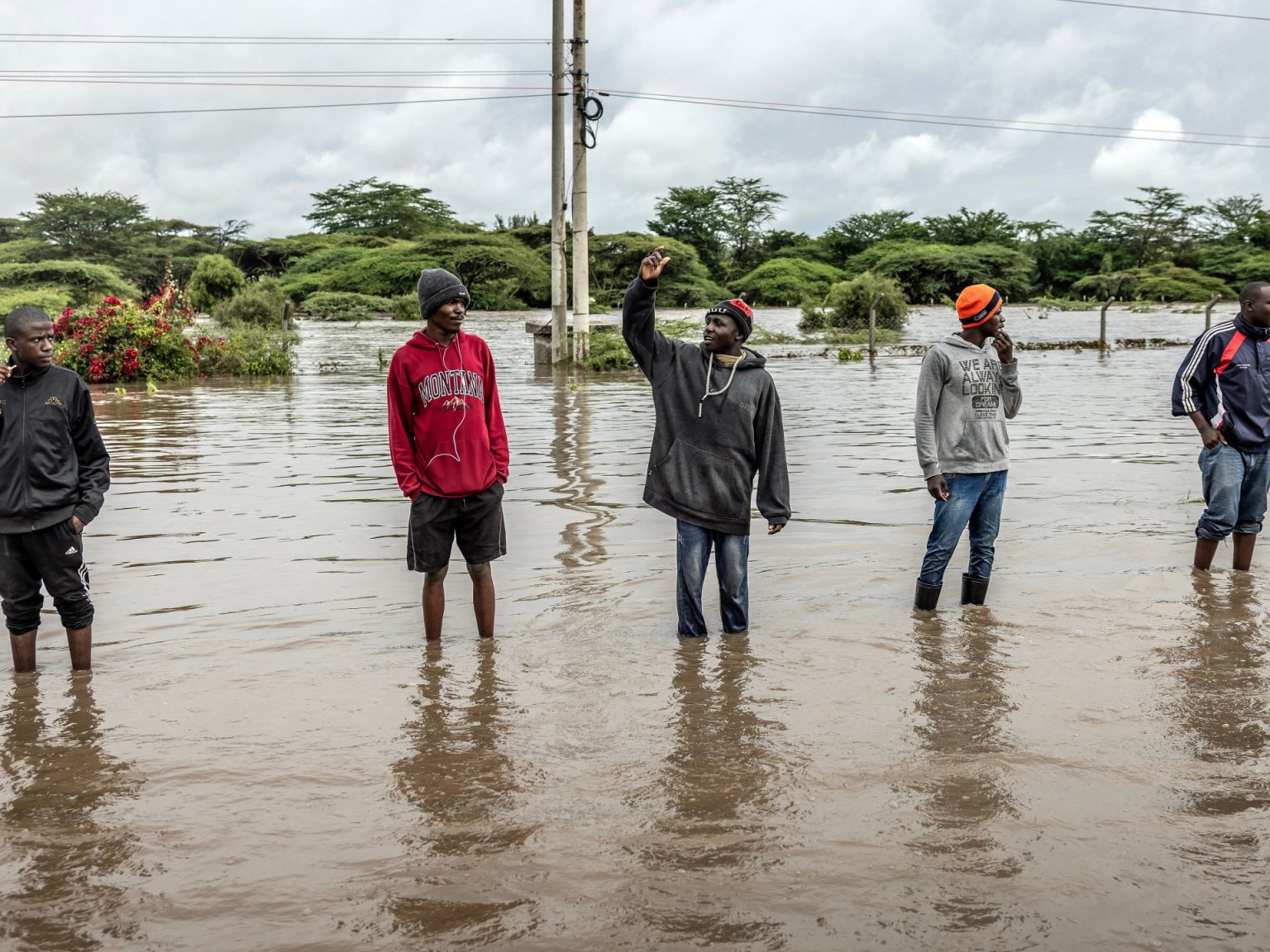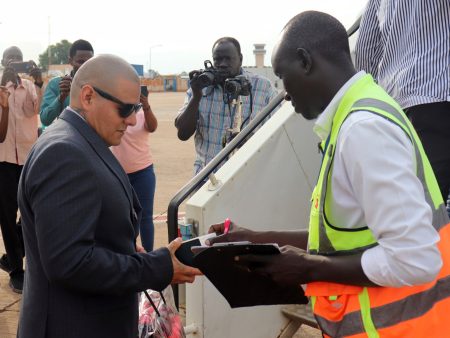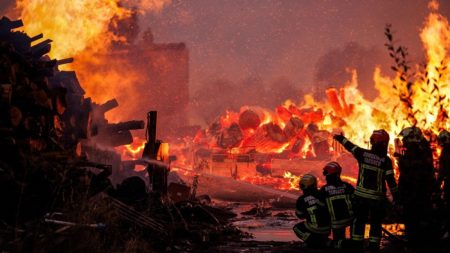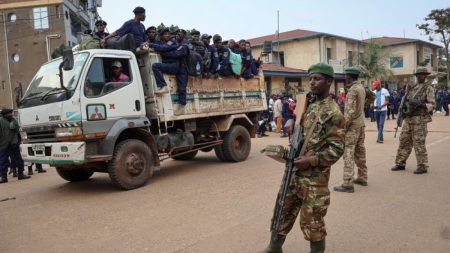Torrential rains have caused severe flooding in Kenya, leading to the deaths of over 200 people, displacement of thousands, and destruction of nearly 2,000 schools. The country has been experiencing catastrophic weather events since March, with Cyclone Hidaya expected to hit Kenya and Tanzania, potentially worsening the situation. The floods have affected various regions in Kenya, with the worst-hit area being the town of Mai Mahiu where a dam burst led to at least 48 fatalities.
The flooding has resulted in a significant loss of life, injuries, displacement, and destruction of property in Kenya. Many residents living in informal settlements, such as Mathare in Nairobi, feel neglected by the government and criticized the lack of response to the crisis. Local residents have pointed to poorly maintained drains and blocked culverts as contributing factors to the floods. The Human Rights Watch highlighted that low-income neighborhoods have been disproportionately impacted due to inadequate infrastructure and sanitation facilities. The floods have underscored the human cost of the climate crisis, further worsened by misinformed development.
In response to the floods, the Kenyan government has ordered mandatory evacuations in areas close to dams and water reservoirs in 33 counties. President William Ruto has postponed the reopening of schools for the second term and designated some schools as shelters for displaced individuals. However, the government has faced criticism for its handling of the crisis, particularly in areas like Mai Mahiu and Mathare that have been severely affected by the floods. Despite allocating funds for a nationwide response, the government has not outlined a comprehensive plan of action.
As Cyclone Hidaya approaches, experts warn of heavy rainfall, strong winds, and large waves that could further complicate rescue and recovery efforts. The cyclone is expected to hamper search operations for missing individuals and make it challenging to navigate the affected areas. The Meteorological Department predicts continued rainfall until June, prolonging the flood crisis in Kenya. Residents in flood-prone areas remain vulnerable and in need of urgent assistance to mitigate the impact of the ongoing severe weather events. The response from the government and humanitarian organizations will be crucial in addressing the immediate needs and long-term recovery of affected communities.













